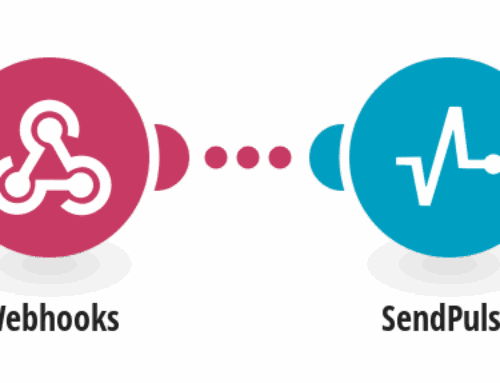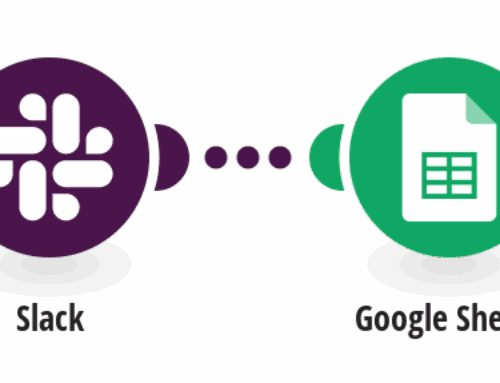How to Search for Twitter Posts and Save Them to Excel
Understanding the Need for Social Media Data Collection
In our fast-paced digital world, businesses and individuals alike are constantly seeking ways to harness the power of social media to gain insights and make informed decisions. Platforms like Twitter are goldmines of real-time information due to their vast reach and dynamic content. But gathering this data manually can feel like trying to empty an ocean with a little cup. This is where automated tools and techniques come in handy.
Utilizing technology to streamline data collection from social media not only saves time but also ensures accuracy and efficiency. Whether you’re a marketer tracking trends, a researcher gathering data, or a brand monitoring mentions, having a systematic approach to collecting tweets is crucial. Automating this process allows you to focus on analysis rather than the cumbersome task of data gathering.
The Role of Automation in Social Media Monitoring
Automation acts as a bridge between raw data and actionable insights. By automating tasks, you can consistently monitor conversations and trends without the hassle of manual searches. This not only frees up valuable time but also ensures that you never miss out on crucial information that could impact your strategies or understanding.
Furthermore, automation provides scalability. As the volume of tweets grows exponentially, relying on manual methods becomes impractical. Automated systems enable you to handle vast amounts of data, providing a bird’s-eye view of what’s happening across the social media landscape. This scalability is essential for both small businesses aiming to grow and large corporations looking to maintain their competitive edge.
A Step-by-Step Guide to Searching Twitter Posts
Begin by defining the specific phrase or keyword you’d like to track on Twitter. It’s important to choose terms that are highly relevant to your goals to ensure the data collected is useful. Think of it as casting the perfect net to capture all the valuable fish (or tweets, in this case) you need.
Next, you’ll need a tool to automate this search process. Platforms like Make.com provide templates designed to facilitate Twitter data searches. These templates act as blueprints, guiding you through setting up your search criteria and filtering options to gather the most pertinent data as efficiently as possible.
Setting Up Your Microsoft 365 Excel Worksheet
Before diving into the automation setup, ensure your Excel worksheet is prepared to store the data. Create columns for relevant details such as Tweet ID, username, date, and content. Think of this worksheet as the foundation of your data management; organizing it effectively from the start will pay dividends in the long run.
After establishing the worksheet, configure your automation tool to feed the collected Twitter data directly into Excel. This process transforms raw tweets into structured information, making it easier to analyze and interpret. Pre-planning your data fields simplifies the subsequent analysis phases, offering clear pathways to insight.
Leveraging Make.com Templates for Efficient Data Collection
Make.com offers a plethora of templates specifically designed for various data collection tasks, including harvesting Twitter posts. By using these pre-built workflows, you can drastically reduce the setup time, enabling you to hit the ground running. These templates are akin to plug-and-play solutions, removing much of the technical burden associated with starting from scratch.
Once you select a suitable template, configuring it is straightforward. Simply input your desired keywords and connect your Microsoft 365 account for seamless integration. This setup ensures a continuous flow of tweets into your Excel sheet, allowing you to focus on extracting insights rather than managing the technicalities.
Analyzing Twitter Data for Business Insights
With your Twitter data neatly organized in Excel, the next step is to analyze this information to extract valuable insights. By examining trends, sentiment, and user engagement, you can unearth patterns that may influence your business strategy. Think of this analysis as reading a map—understanding the terrain helps you navigate more effectively.
Leveraging functions and tools within Excel, such as pivot tables and graphs, can transform your data into visual insights. These visualizations can reveal correlations and trends at a glance, simplifying the complex web of social media interactions into digestible information. The goal here is to turn raw data into strategic intelligence that informs decision-making.
Challenges and Solutions in Social Media Data Collection
While automation simplifies many aspects of data collection, it comes with its own set of challenges. Issues such as data privacy, API limitations, and technology glitches can hinder your efforts. It’s crucial to anticipate these hurdles and have contingency plans in place, much like how a seasoned sailor prepares for unexpected storms.
Proactively addressing these challenges involves staying informed about platform updates and maintaining flexibility within your processes. Continuous learning and adaptation ensure that your system remains robust and capable of handling the ever-evolving landscape of social media data. Building a resilient framework is key to sustaining successful data collection initiatives.
Conclusion
Leveraging technology to automate the search and collection of Twitter posts into Excel is an invaluable strategy for anyone needing detailed insights into social media dynamics. This blend of automation and data organization paves the way for informed decision-making, allowing you to keep your finger on the pulse of public discourse. Embrace these tools and techniques to transform how you interact with the social media ecosystem, ensuring you’re always one step ahead in the digital conversation.
Frequently Asked Questions
What are the benefits of collecting Twitter data?
Collecting Twitter data helps identify trends, understand public sentiment, and engage with audiences more effectively. It provides real-time insights that can inform marketing strategies and product development.
How does automation improve data collection?
Automation reduces manual effort, enhances accuracy, and allows for continuous monitoring of large data volumes without human intervention. It’s efficient and helps avoid oversight of relevant posts.
Can I customize the Make.com templates?
Yes, Make.com templates are customizable, allowing you to tailor them to fit your specific data collection needs. You can adjust settings such as keywords, filters, and output formats to suit your objectives.
What are some common challenges in collecting Twitter data?
Common challenges include privacy concerns, rate limits on API requests, and issues with data accuracy. It’s essential to stay updated on Twitter policies and utilize tools effectively to mitigate these challenges.
How can I use Excel to analyze Twitter data?
Excel offers various tools like pivot tables, charts, and filters that help visualize data trends and patterns. These features allow you to dissect and interpret data effectively, turning raw information into actionable insights.








